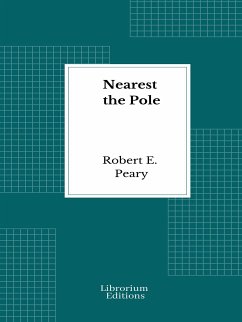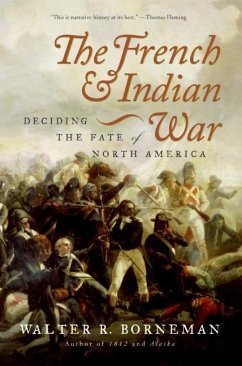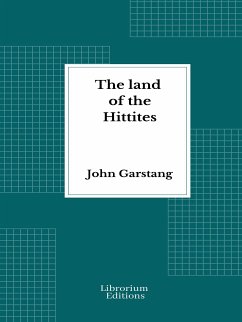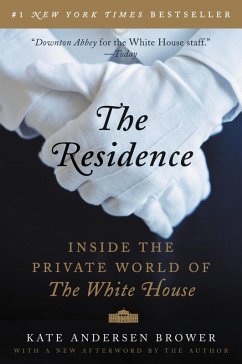
A History of the United States - Illustrated (eBook, ePUB)

PAYBACK Punkte
0 °P sammeln!
The original inhabitants of both continents have been known as Indians, in consequence of a mistake made by Columbus . The North American Indians were fiercer foes than the native Mexicans and Peruvians whom the Spaniards, under Cortez and Pizarro, overcame, and with whom they intermarried. We know, however, from linguistic characteristics, that all the aborigines from the Arctic Circle to Cape Horn belonged to the same race. How they first came to America is a matter of dispute; but their main peculiarities are well understood. In Peru and Mexico they had made some progress toward civilizatio...
The original inhabitants of both continents have been known as Indians, in consequence of a mistake made by Columbus . The North American Indians were fiercer foes than the native Mexicans and Peruvians whom the Spaniards, under Cortez and Pizarro, overcame, and with whom they intermarried. We know, however, from linguistic characteristics, that all the aborigines from the Arctic Circle to Cape Horn belonged to the same race. How they first came to America is a matter of dispute; but their main peculiarities are well understood. In Peru and Mexico they had made some progress toward civilization. They constructed good roads, were not unskillful artisans, and had even learned some astronomy. But they lived in large communal groups under their chiefs, and had made slight advance in the art of government; hence they fell an easy prey to small bodies of Spaniards. Similar in character to the Mexicans, but inferior to them, were the Pueblos and Cliff-dwellers of the region of New Mexico, Arizona, and Lower California, as well as the Natchez Indians of the Lower Mississippi Valley. Most of the North American Indian tribes lived in villages of wigwams and had a primitive form of government. In each village there was a communal, or "long," house, in which clan business was transacted. In a few cases this "long" house gave shelter to a whole tribe.
Dieser Download kann aus rechtlichen Gründen nur mit Rechnungsadresse in A, B, BG, CY, CZ, D, DK, EW, E, FIN, F, GR, HR, H, IRL, I, LT, L, LR, M, NL, PL, P, R, S, SLO, SK ausgeliefert werden.













